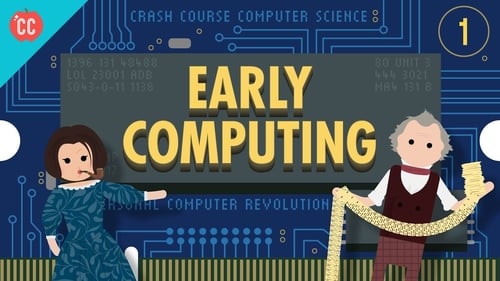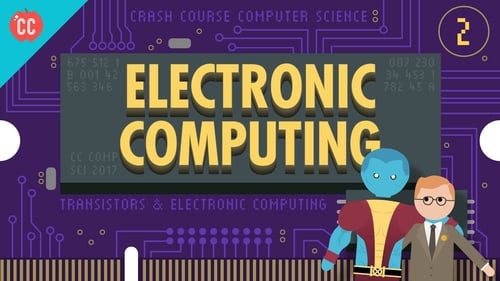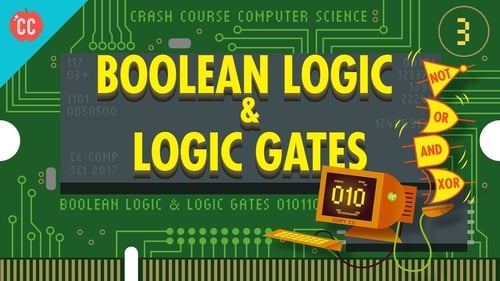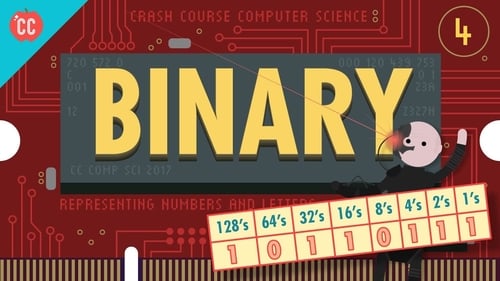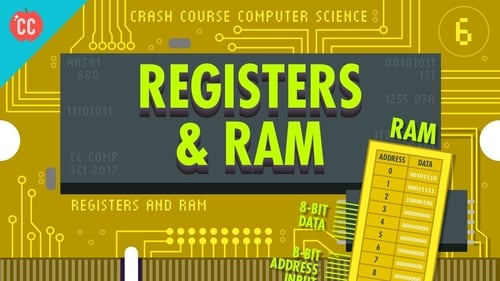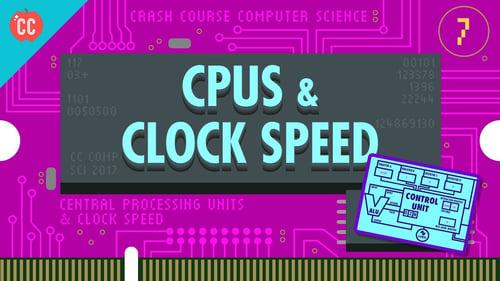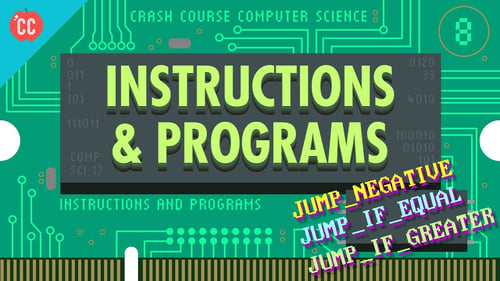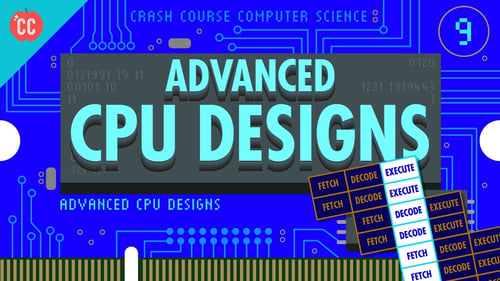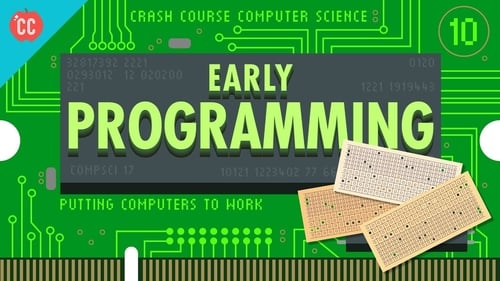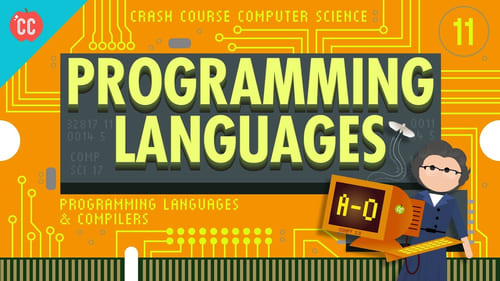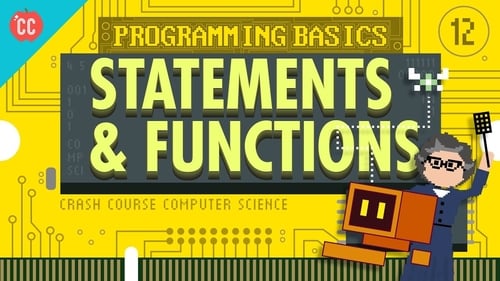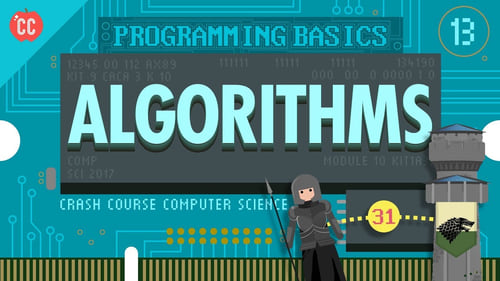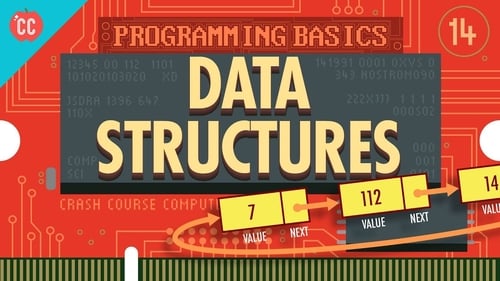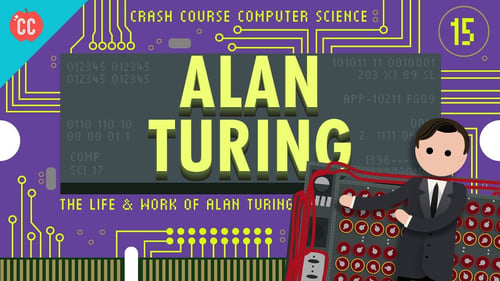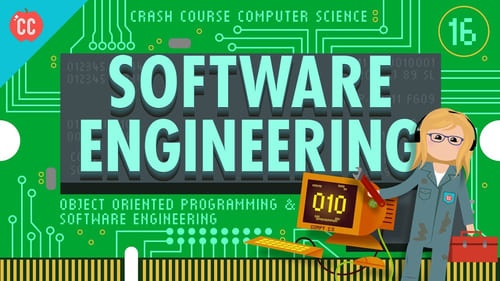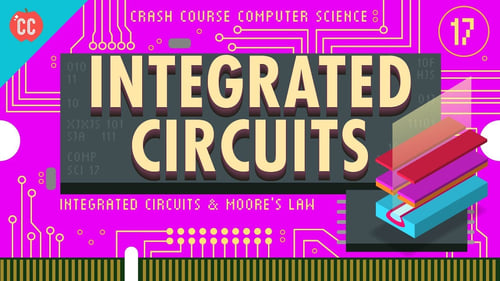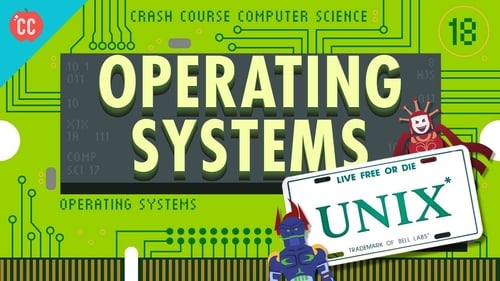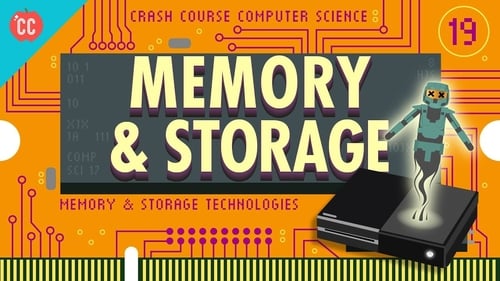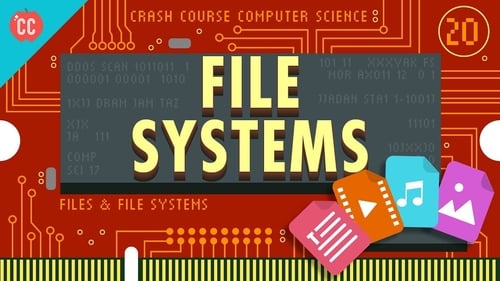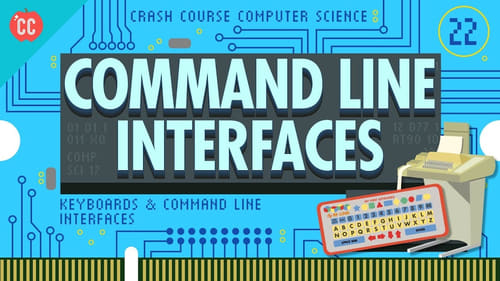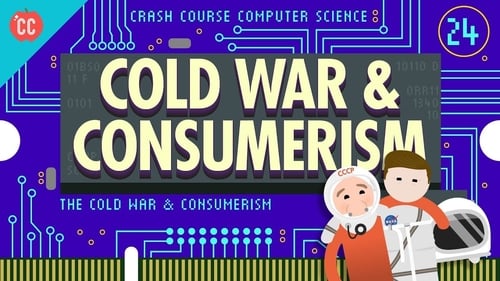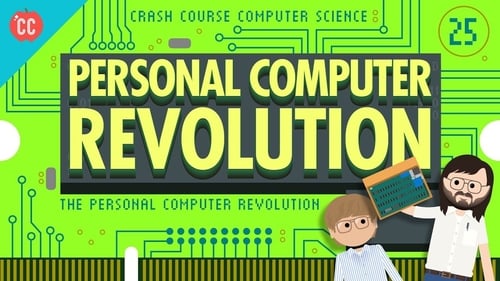Documentary

The Best Episodes of Crash Course Computer Science
Every episode of Crash Course Computer Science ranked from best to worst. Let's dive into the Best Episodes of Crash Course Computer Science!

The Best Episodes of Crash Course Computer Science
Documentary
Every episode of Crash Course Computer Science ranked from best to worst. Let's dive into the Best Episodes of Crash Course Computer Science!
In this series, we trace the origins of our modern computers, take a closer look at the ideas that gave us our current hardware and...
Seasons1
Best Episodes Summary
"Early Computing" is the best rated episode of "Crash Course Computer Science". It scored /10 based on 0 votes. Directed by Unknown and written by Unknown, it aired on 2/22/2017. This episode scored 0.0 points higher than the second highest rated, "Electronic Computing".
